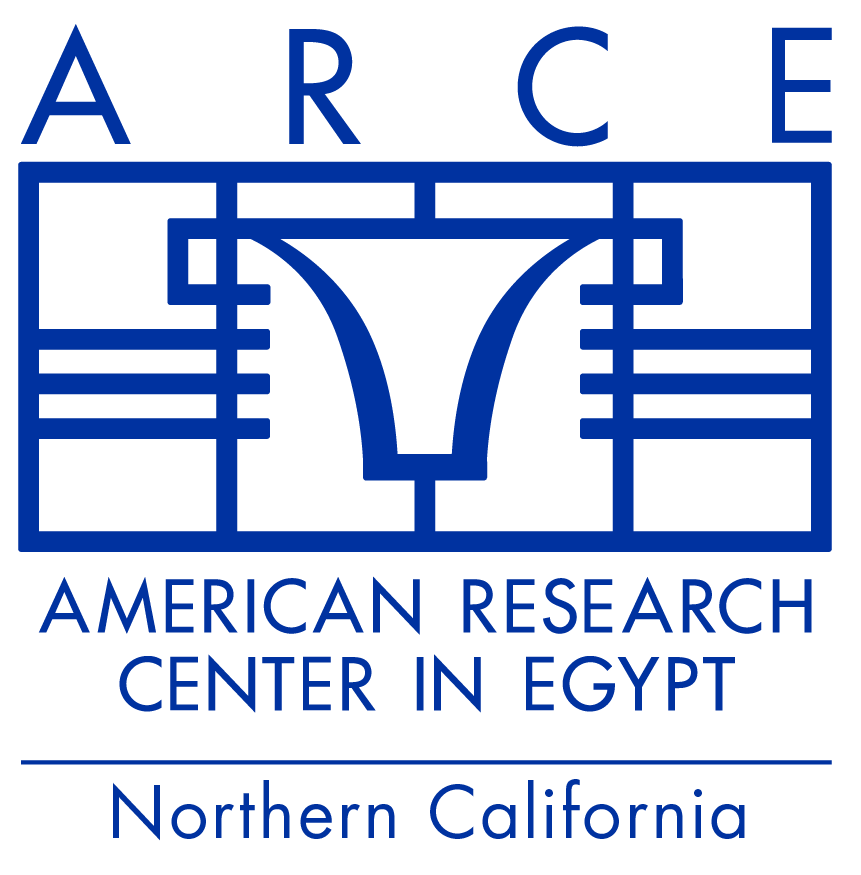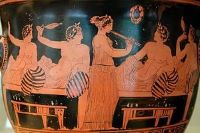
13
MarARCE Northern CA: Visions of Ancient Egypt in Athenaeus’ Deipnosophistae
Registration is required
Presented by: Dr. Carly Maris; Visiting Assistant Professor in the History Department at the University of San Diego
A registration link will be automatically sent to ARCE-NC members. Non-members may request a registration link by sending email with your name and email address to arcencZoom@gmail.com.
Non-members, please send any registration requests no later than Friday, March 11. Registrations are cut off at our attendance limit, so the sooner you register, the better.
- 3:00 PM PTNorthern California
- Zoom
- + Add to Calendar
Lecture Information:
The Deipnosophistae is a late second- to early third-century CE dialogue written by grammarian Athenaeus of Naucratis. The text follows the style and themes of Plato’s Symposium, presenting an imaginary conversation between philosophers that takes place during a Roman banquet. Scholars have found value in the Deipnosophistae for its inclusion of lengthy quotations from earlier Greek texts that have otherwise been lost. It provides key insight as to the historical resources and documents available to the educated classes during the height of the Roman Empire. Included in the Deipnosophistae are multiple historical accounts of Egypt–including descriptions of its geography and climate, the history of Egyptian wine, and stories about various rulers (including a description of a massive parade during the reign of Ptolemy Philadelphus). My talk will focus on how Athenaeus viewed the ancient Egyptian past, and will place this in context with broader visions of Ancient Egypt during the Roman Empire.
About Speaker:
Dr. Carly Maris is a Visiting Assistant Professor in the History Department at the University of San Diego. Her research looks broadly at Western perceptions of the East, and explores how Near Eastern culture influenced the Roman empire. She is currently working on a book titled Parades of Antiquity, in which she explores the history of imperial parades in the Near East, and how they impacted the spectacle of Roman triumphal parades up through the early Byzantine period.

